Germany : Strong Demand and Innovation Drive Growth
Germany holds a dominant position in the European sleeping pillow market, accounting for approximately 30% of the total market share with a value of $850.0 million. Key growth drivers include a rising awareness of sleep health, increased disposable income, and a growing trend towards premium products. Regulatory policies promoting health and wellness, along with government initiatives supporting local manufacturing, further bolster market growth. The country’s robust infrastructure and industrial development facilitate efficient distribution and production processes.
UK : Health Awareness Fuels Market Expansion
The UK sleeping pillow market is valued at $600.0 million, representing about 25% of the European market. The increasing focus on health and wellness, coupled with a rise in online shopping, drives demand for innovative sleep solutions. Government initiatives promoting better sleep hygiene and awareness campaigns contribute to changing consumer behavior. The market is characterized by a shift towards eco-friendly materials and customizable products, aligning with sustainability trends.
France : Cultural Influences on Pillow Choices
France's sleeping pillow market is valued at $500.0 million, capturing around 20% of the European market. The demand is driven by diverse consumer preferences influenced by cultural factors, with a notable inclination towards luxury and comfort. Regulatory policies supporting health standards in bedding products enhance consumer trust. The market is also seeing growth in organic and hypoallergenic options, reflecting a shift towards health-conscious choices.
Russia : Increasing Demand for Quality Products
Russia's sleeping pillow market is valued at $400.0 million, accounting for approximately 15% of the European market. Key growth drivers include a rising middle class and increasing awareness of sleep quality. Government initiatives aimed at improving consumer safety standards in bedding products are also significant. The market is characterized by a growing preference for imported brands, although local manufacturers are beginning to gain traction.
Italy : High Demand for Premium Products
Italy's sleeping pillow market is valued at $350.0 million, representing about 12% of the European market. The demand is driven by a strong cultural emphasis on comfort and luxury in home furnishings. Regulatory policies promoting quality standards in textiles support market growth. The competitive landscape features both local artisans and international brands, with cities like Milan and Rome being key markets for high-end products.
Spain : Cultural Preferences Influence Choices
Spain's sleeping pillow market is valued at $300.0 million, capturing around 10% of the European market. The growth is fueled by a rising interest in sleep health and wellness, alongside a preference for traditional materials. Government initiatives promoting consumer education on sleep hygiene are also impactful. The market is characterized by a mix of local and international brands, with cities like Madrid and Barcelona leading in sales.
Rest of Europe : Diverse Preferences Across Regions
The Rest of Europe sleeping pillow market is valued at $1.14 million, representing a small fraction of the overall market. This sub-region includes various countries with diverse consumer preferences and market dynamics. Growth is driven by localized trends and varying levels of awareness regarding sleep health. Regulatory policies differ significantly, impacting product availability and consumer choices. The competitive landscape is fragmented, with many small and medium-sized enterprises.




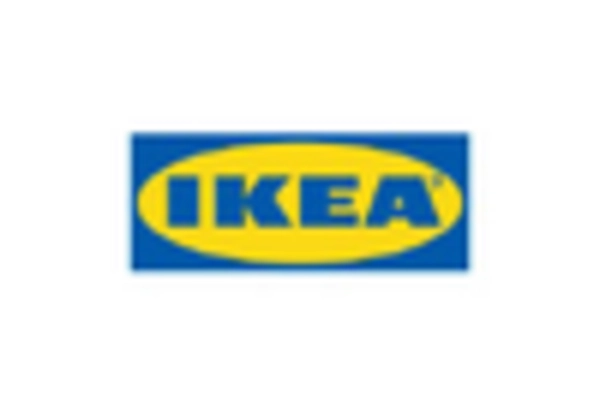
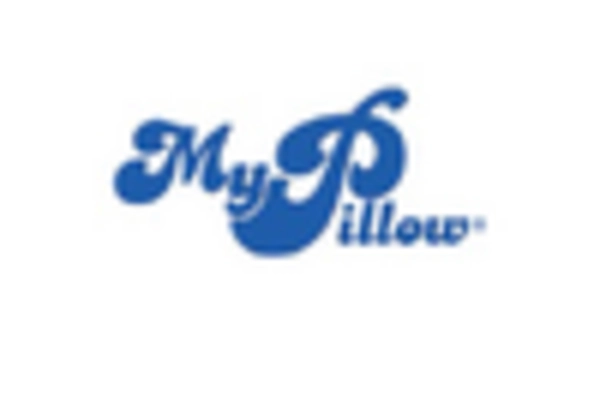
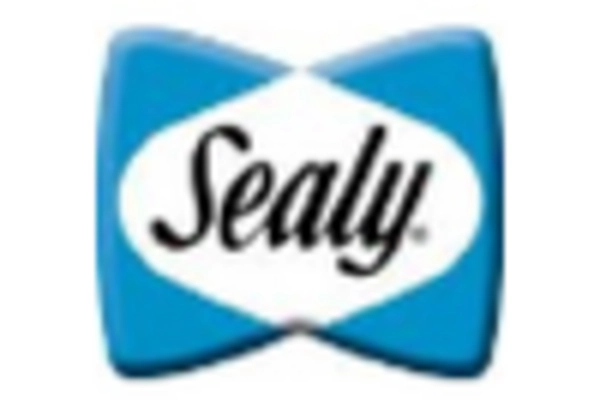

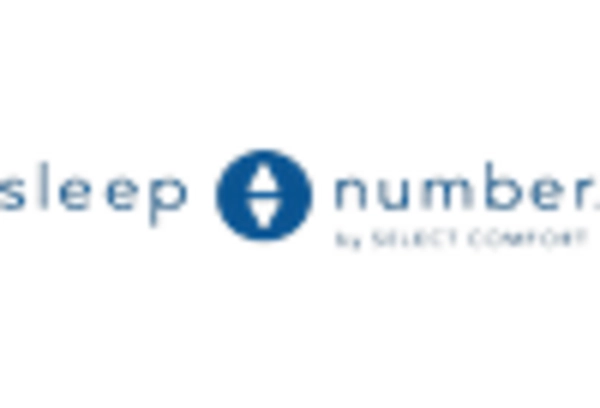
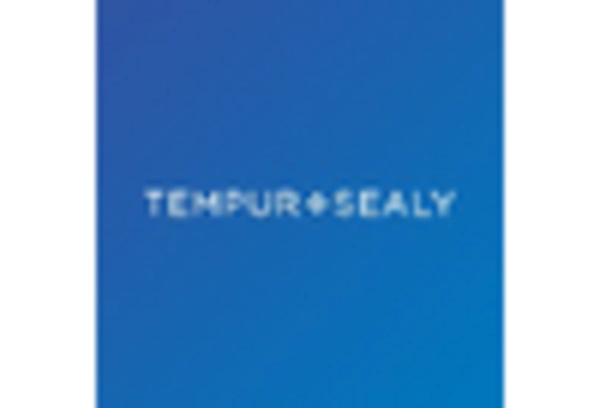








Leave a Comment